About
9200 Tule Springs Road, 89131
702-229-8100
Summer Hours- 8 AM to 8 PM
Winter Hours- 8 AM to 5 PM
$6 per vehicle entrance fee
9200 Tule Springs Road, 89131
702-229-8100
Summer Hours- 8 AM to 8 PM
Winter Hours- 8 AM to 5 PM
$6 per vehicle entrance fee
Today, the park's name includes "at Tule Springs," which refers to the Ice Age fossil beds in the surrounding area that contain the remains of extinct animals. Along with its historic buildings, the park has natural springs stocked with fish, picnic areas, walking paths, and mountain biking trails. It is also surrounded by paths for walking, running, biking and horseback riding just outside the park, providing a wide range of activities for visitors to enjoy. There are ample areas for parking surrounding the park.
Four small lakes and plenty of trees attract birds year-round. Great Blue Herons and Black-crowned Night-Herons nest at Tule Springs Lake, the park’s largest body of water. Other breeding species include Ruddy Duck, Cooper’s Hawk, Phainopepla, and Abert’s Towhee. Migrants such as Yellow-breasted Chat, MacGillivray’s Warbler, and Cassin’s Vireo pass through in spring and fall. Birders us the picnic table numbers to locate hotspots in the park.
Approximately 15 years ago, a memorial tree grove was begun in Floyd Lamb Park, south of Mulberry Lake and east of Willow Lake, to serve as a place where families of murder victims could plant trees in memory of loved ones. The Pinegrove can be a good area for birding, especially in fall winter and spring.
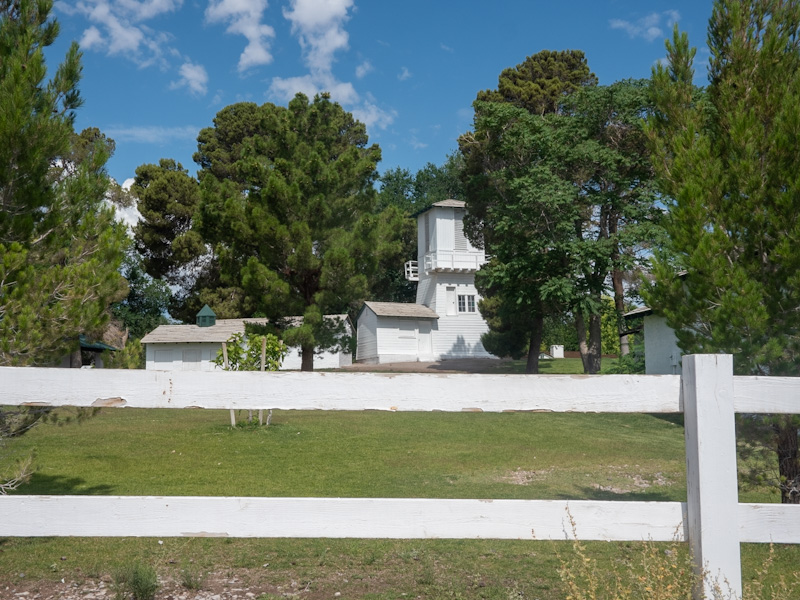
The first establishment at Tule Springs may have been the U.S. Hotel owned by a Mr. Levandowski (around 1905). In 1916 a Mormon settler, Bert Nay, filed for water rights on the site. Nay sold the ranch to Gilbert Hefner in 1928, who owned the property until 1941 when he sold it to Sheriff Gene Ward, who in turn sold it to Prosper Jacob Goumond. Most of the buildings on the ranch date from the 1940s, when Goumond was developing the Tule Springs Ranch into a “divorce ranch.” The Water Tower is one of the most prominent buildings in the historic area of the Park. It is the tallest structure and one of the first constructed during Goumond’s ownership of the ranch.
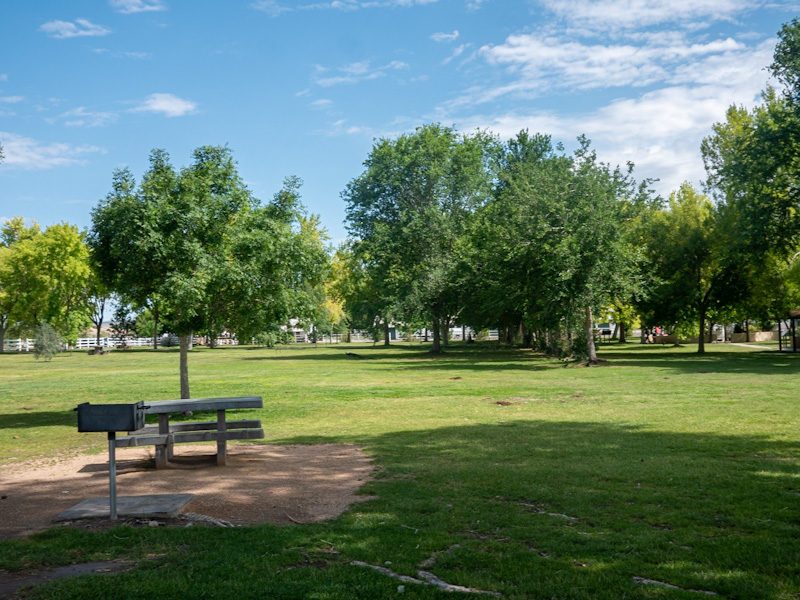
This beautiful place is home to 680 acres of a gorgeous park filled with lush vegetation, beautiful views of the lake, mountain ranges in the distance, and loads of birds and other wildlife for you to enjoy and appreciate. The developed sections are balanced by more undeveloped but still beautiful desert plants and ecosystems. The Park Core includes recreation facilities, the historic Tule Springs Ranch, and two private equestrian facilities, operated by one equestrian company, which lease land for stables, fenced training areas, and offices.
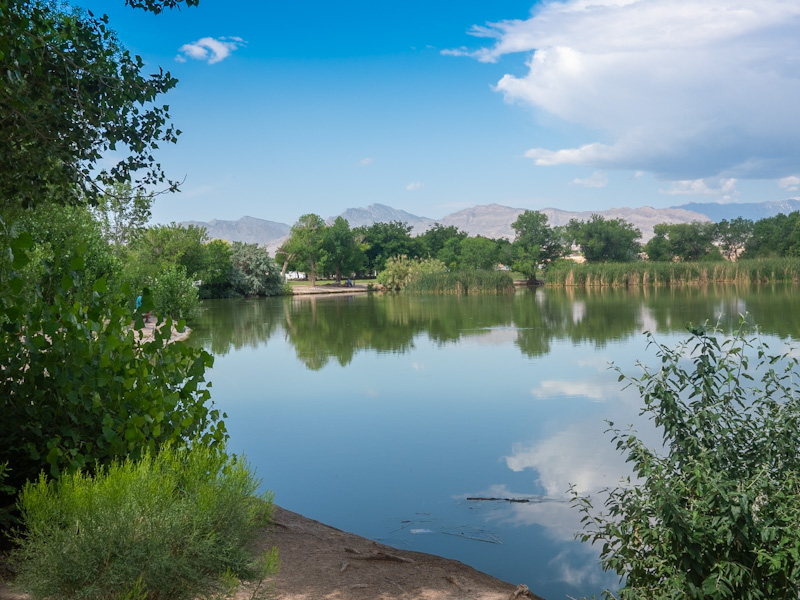
Frequently referred to as Tule Springs or Tule Springs Pond, this stocked fishing pond is one of a series of four ponds. These ponds were constructed on the site of a historic pond and marsh complex that was used by Native Americans for thousands of years before the recent settlement of southern Nevada.
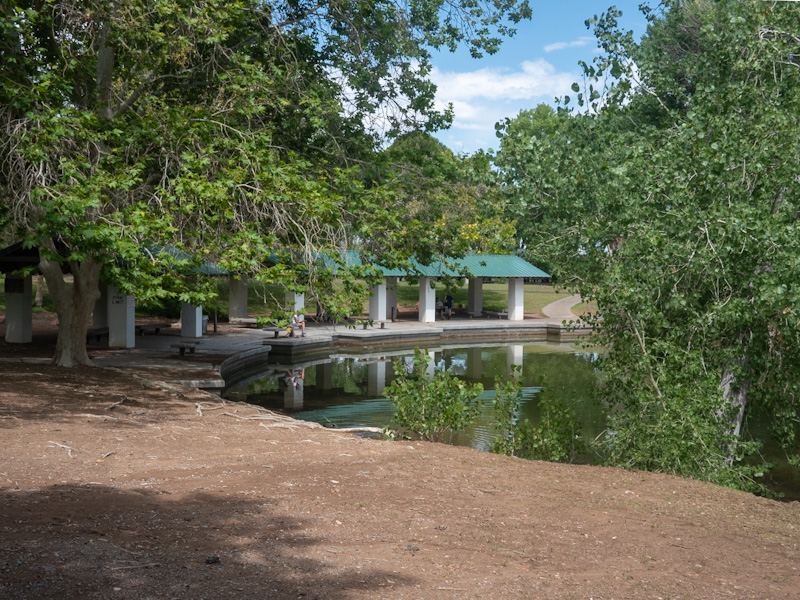
There are four lakes at the park that are stocked for fishing. Tule Springs Lake is the largest of the lakes in the park followed by, Mulberry Lake, then Cottonwood Lake, and then Desert Willow Lake. There are a nice collection of both domestic and wild geese and ducks at most times of the year. The collection of birds is much like that of Sunset Park with cormorants, geese and ducks during all but the hottest times of summer.
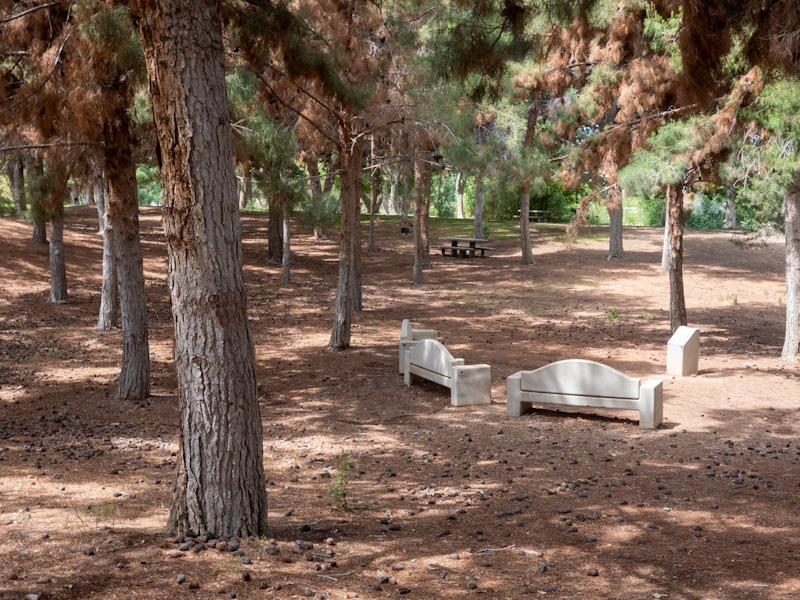
The memorial tree grove has been maintained by State Parks staff and by the families. An obelisk near a sitting area designates the location and significance of the tree grove. Small plaques near the planted trees recognize the names of the deceased. When the Park is transfered into city ownership, the memorial tree grove will continue to be maintained by the City of Las Vegas.
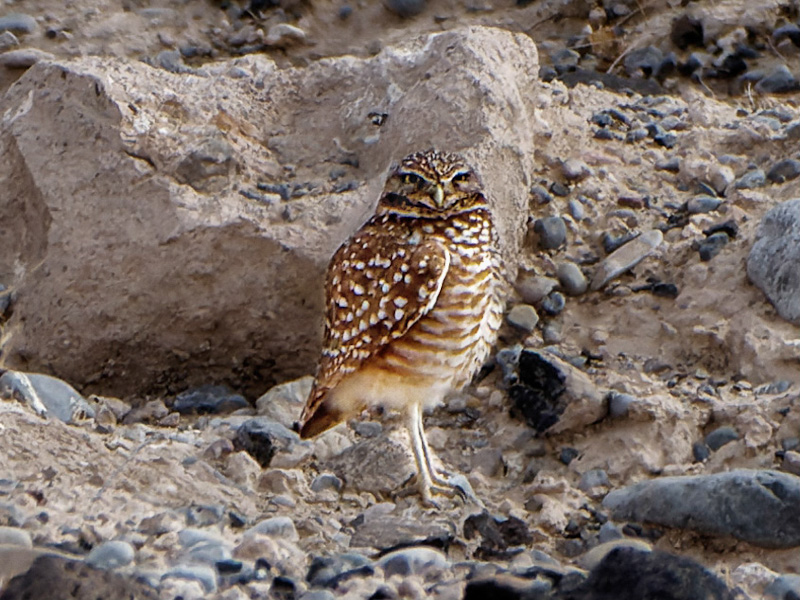
You can see burrowing owls sitting outside their burro at the Rainbow Owl Preserve and at Floyd Lamb Park. Unlike other owls, the burrowing owl is active day and night, but is mainly crepuscular, favoring dawn and dusk hunting trips. It hunts more insects during the day and more mammals during the night